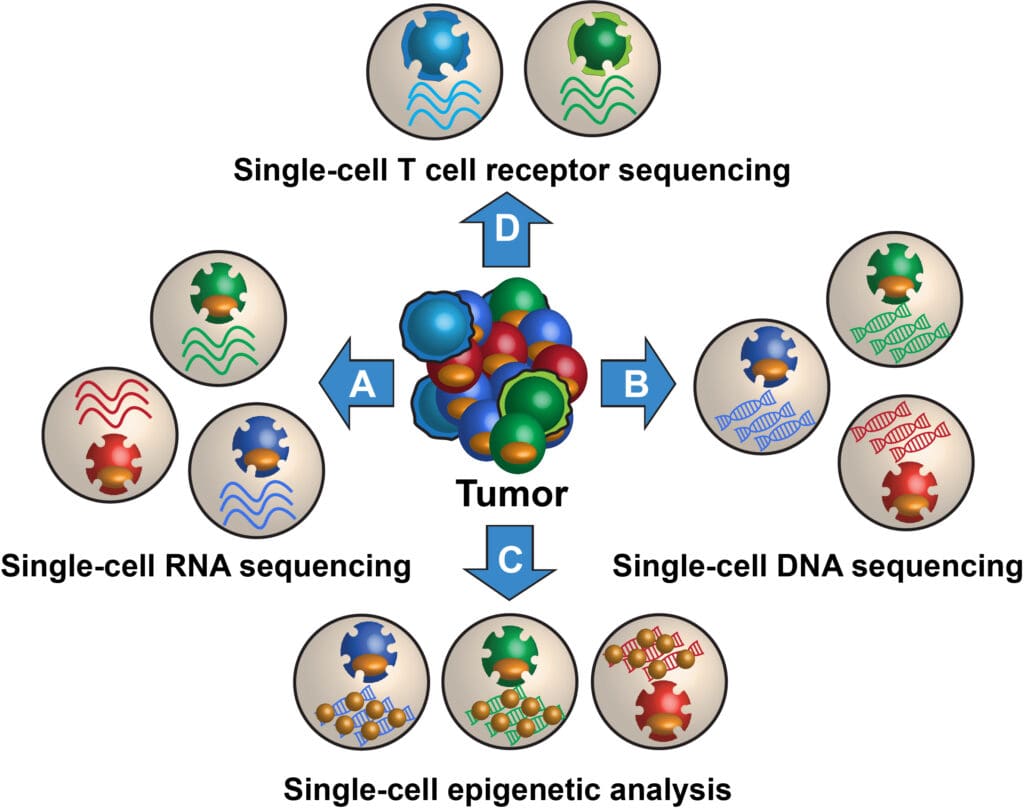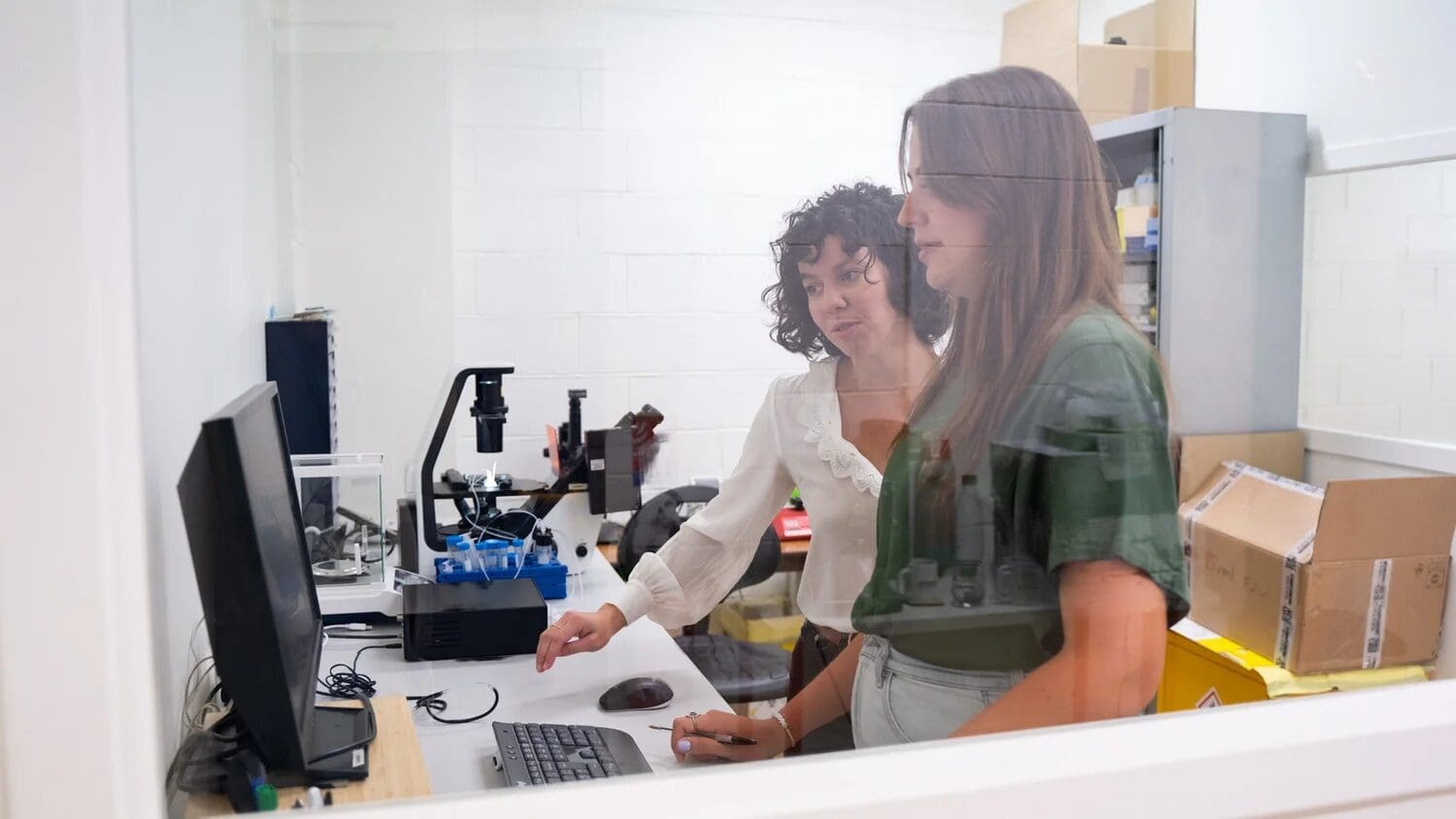Definition of Single Cell Analysis
As science advances, so does our approach to studying cells. Rather than examining average responses from populations of cells, researchers are now able to focus on the detailed behaviors and characteristics of individual cells. This shift has been driven by advancements in technology, which allow for a more nuanced exploration of cellular functions and interactions.
Understanding Single Cell Analysis
To better understand the complexities of biology, scientists have turned to single cell analysis, a field of study focusing on the genomic, transcriptomic, proteomic, and metabolic attributes of individual cells. Traditional methods often provide an averaged view of cellular behavior across populations, but single cell analysis enables researchers to explore the unique characteristics of individual cells.
This precision allows for a deeper understanding of cellular functions, disease mechanisms, and treatment responses, allowing for advancements in personalized medicine and therapeutic development. For instance, single cell analysis has been used to study cancer cells, immune cells, and neurons, among others.
Techniques in Single Cell Analysis
There are several techniques used in single cell analysis, each with its own strengths and limitations. These include flow cytometry, single cell sequencing, and microfluidics-based techniques. Flow cytometry, for instance, utilizes light to detect and quantify the physical and chemical properties of individual cells. This method excels at assessing cell characteristics rapidly and efficiently.
Single cell sequencing, on the other hand, provides detailed genetic and transcriptomic information from individual cells, in the context of their microenvironment, using advanced next-generation sequencing technologies.
Microfluidics in Single Cell Analysis
Microfluidics represents another key advancement in single cell analysis. By precisely controlling and manipulating fluids at the microscale, microfluidics facilitates the isolation and analysis of single cells. This technique enables researchers to perform a range of analyses—genomic, transcriptomic, and proteomic—on isolated cells, offering insights into their gene expression profiles, protein content, and metabolic states. This information can be used to gain insights into the cell’s function, its state of health, and its response to drugs or other treatments.

Applications of Single Cell Analysis
Single cell analysis has far-reaching applications across various fields of biology and medicine. In cancer research, it allows for the identification of rare tumor cells and the study of intratumoral heterogeneity, which is crucial for understanding how different cells within a tumor contribute to cancer progression and treatment resistance. This insight is instrumental in developing targeted therapies and improving patient outcomes.
In immunology, single cell analysis is crucial for profiling immune cell populations and understanding immune responses. It is used to study how individual immune cells respond to infections, vaccines, and therapies, leading to the development of more effective immunotherapies.
In neuroscience, it offers insights into brain function and neurodegenerative diseases, by examining individual neurons, potentially leading to new treatments for conditions such as Alzheimer’s and Parkinson’s disease.
Additionally, single cell analysis plays a vital role in stem cell research, by studying the differentiation and development of stem cells into various cell types, advancing regenerative medicine and tissue engineering.
Advantages and Limitations of Single Cell Analysis
Advantages
Single cell analysis offers many advantages by examining individual cells rather than whole populations. It reveals variability within cell populations, uncovers rare cell types, identifies new biomarkers that traditional bulk analysis might miss and provide a more comprehensive understanding of cellular responses to various conditions. It is also invaluable for studying complex diseases, where different cells in the same tissue may behave differently, influencing the progression and treatment of the disease.
Limitations
However, single cell analysis has its limitations. The techniques involved are technically challenging, requiring specialized equipment and expertise. Isolating individual cells, especially in complex tissues, can be difficult, with a risk of losing important cellular context. Additionally, the data generated is often vast and complex, requiring advanced computational tools for analysis and interpretation. Moreover, the process can be expensive due to the cost of the technology and reagents needed for single cell analysis.
Conclusion
Combining microfluidics with single cell analysis is transforming how we understand biology and medicine. These growing fields allow us to study and control individual cells with precision, revealing new insights into how cells behave and how diseases work. As technology improves, we can expect even more breakthroughs that will deepen our knowledge and lead to better treatments, making the future of research and medicine very promising.
